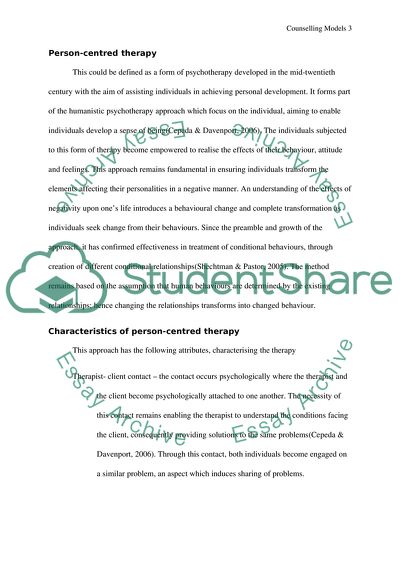Cite this document
(Two Models of Counselling Coursework Example | Topics and Well Written Essays - 2000 words, n.d.)
Two Models of Counselling Coursework Example | Topics and Well Written Essays - 2000 words. Retrieved from https://studentshare.org/psychology/1805881-highlight-similarities-and-differences-between-two-models-of-counselling-covered-on-the-module
Two Models of Counselling Coursework Example | Topics and Well Written Essays - 2000 words. Retrieved from https://studentshare.org/psychology/1805881-highlight-similarities-and-differences-between-two-models-of-counselling-covered-on-the-module
(Two Models of Counselling Coursework Example | Topics and Well Written Essays - 2000 Words)
Two Models of Counselling Coursework Example | Topics and Well Written Essays - 2000 Words. https://studentshare.org/psychology/1805881-highlight-similarities-and-differences-between-two-models-of-counselling-covered-on-the-module.
Two Models of Counselling Coursework Example | Topics and Well Written Essays - 2000 Words. https://studentshare.org/psychology/1805881-highlight-similarities-and-differences-between-two-models-of-counselling-covered-on-the-module.
“Two Models of Counselling Coursework Example | Topics and Well Written Essays - 2000 Words”. https://studentshare.org/psychology/1805881-highlight-similarities-and-differences-between-two-models-of-counselling-covered-on-the-module.


